
PRÓSZYŃSKI, J. (1984)
Atlas rysunków diagnostycznych mniej znanych Salticidae (Araneae). Wyższa Szkola Rolniczo-Pedagogiczna, Siedlcach 1-177

Atlas rysunków diagnostycznych mniej znanych Salticidae (Araneae). Wyższa Szkola Rolniczo-Pedagogiczna, Siedlcach 1-177
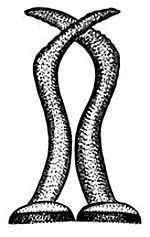
Atlas rysunków diagnostycznych mniej znanych Salticidae (Araneae). Wyższa Szkola Rolniczo-Pedagogiczna, Siedlcach 1-177

Atlas rysunków diagnostycznych mniej znanych Salticidae (Araneae). Wyższa Szkola Rolniczo-Pedagogiczna, Siedlcach 1-177
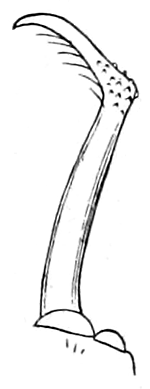
Histoire naturelle des Araignees. Deuxieme edition. Paris (Roret) 2 (3): 381-668
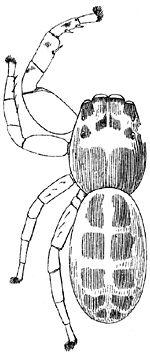
Spiders of the Marptusa group of the family Attidae. 2 (2): 83-156
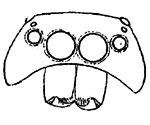
Spiders of the Marptusa group of the family Attidae. 2 (2): 83-156

Spiders of the Marptusa group of the family Attidae. 2 (2): 83-156
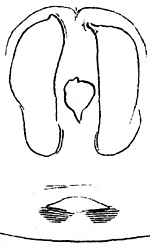
Spiders of the Marptusa group of the family Attidae. 2 (2): 83-156

Spiders of the Marptusa group of the family Attidae. 2 (2): 83-156

Spiders of the Marptusa group of the family Attidae. 2 (2): 83-156

Spiders of the Marptusa group of the family Attidae. 2 (2): 83-156

Spiders of the Marptusa group of the family Attidae. 2 (2): 83-156
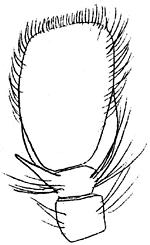
Spiders of the Marptusa group of the family Attidae. 2 (2): 83-156
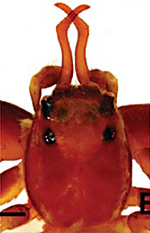
Revision of the Genus Padilla PECKHAM and PECKHAM, 1894 (Araneae: Salticidae) - Convergent evolution of secondary sexual characters due to sexual selection and rates of molecular evolution in jumping spiders. 58 (13): 243-330
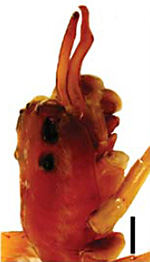
Revision of the Genus Padilla PECKHAM and PECKHAM, 1894 (Araneae: Salticidae) - Convergent evolution of secondary sexual characters due to sexual selection and rates of molecular evolution in jumping spiders. 58 (13): 243-330
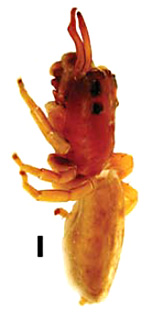
Revision of the Genus Padilla PECKHAM and PECKHAM, 1894 (Araneae: Salticidae) - Convergent evolution of secondary sexual characters due to sexual selection and rates of molecular evolution in jumping spiders. 58 (13): 243-330
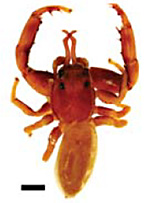
Revision of the Genus Padilla PECKHAM and PECKHAM, 1894 (Araneae: Salticidae) - Convergent evolution of secondary sexual characters due to sexual selection and rates of molecular evolution in jumping spiders. 58 (13): 243-330